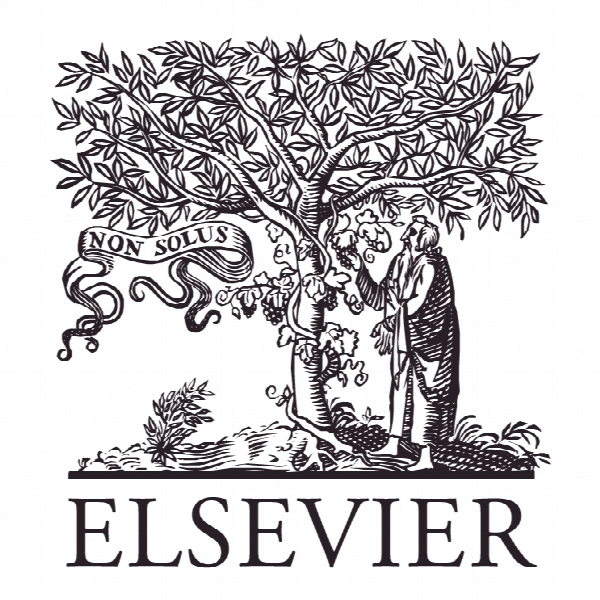افزایش انگیزش کار در محیط کار: درس های قابل انتقال از آموزش و پرورش Enhancing workplace motivation through gamification: Transferrable lessons from pedagogy
- نوع فایل : کتاب
- زبان : انگلیسی
- ناشر : Elsevier
- چاپ و سال / کشور: 2017
توضیحات
رشته های مرتبط مدیریت
مجله بین المللی آموزش مدیریت – The International Journal of Management Education
دانشگاه دانشکده کسب و کار، غرب استرالیا
نشریه نشریه الزویر
مجله بین المللی آموزش مدیریت – The International Journal of Management Education
دانشگاه دانشکده کسب و کار، غرب استرالیا
نشریه نشریه الزویر
Description
1. Introduction This paper explores the potential benefits of game application for improving workplace motivation. The scope of this article covers gamification research in relation to workplace outcomes and, in particular, its influence on intrinsic motivation. The term gamification was coined in 2002 by UK-based game designer Nick Pelling, who used the term to refer to the application of game-like accelerated user interface design to make electronic transactions more enjoyable and faster (Mobile Content, 2011). Since then, the term has acquired a broader meaning, and is now generally considered to refer to the application of characteristics and design techniques from games into non-gaming contexts (Deterding, Sicart, Nacke, O’Hara, & Dixon, 2011). Gamification concepts and techniques are now used primarily to engage and motivate their ‘players’ to behave in a particular way, and have developed a history of successful implementation in the pedagogical context through ‘serious games’ (Sawyer & Smith, 2008), experiential learning theory (Kolb, Boyatzis, & Mainemelis, 2001) and more recently through Gamified Learning Theory (Landers & Landers, 2015). From a pedagogical perspective, a learner helps construct their learning from decisions and successes or failures in the game; further iterations allow practice and improvements to embed learning through practice (Narang & Hota, 2015; Squire, 2005). Games can be extended to include others throughout these processes. Games have also been found to be useful as motivators in contexts other than education. For example, Nintendo’s Wii and Konami’s Dance Dance Revolution have been widely used to motivate sedentary people to be more physically active (Yim & Graham, 2007). Nonetheless, gamification has detractors (such as those who feel this area is a fad or gimmick) as well as advocates. Despite the spike in theoretical interest surrounding gamification (Harman, Koohang, & Paliszkiewicz, 2014), literature support for applying the motivational properties underpinning an individual’s desire to play games to the workplace context is somewhat sparse. Thus it appears that advocates of gamification have to some extent ‘jumped the gun’ in making recommendations without due consideration of the differing personalities and psychological mechanisms, which alter the subjective experience of games and gamification phenomena (Mekler, Brühlmann, Tuch, & Opwis, 2015). A number of earlier gamification studies were methodologically flawed by investigating the impact of multiple game elements at once, obscuring the extent to which individual elements exerted their effects on motivation and resultant performance (Hamari, Koivisto, & Sarsa, 2014). As a consequence, more recent studies have tended to pick-and-choose a small number of isolated gamification principles (e.g. team competitions, leader-boards, point systems, badges) and gauge employees’ motivational responses to them (e.g. Meder, Plumbaum, & Hopfgartner, 2013), but have detected a disconnect between gamification principles, and motivational and performance outcomes. Nonetheless, understanding and harnessing the unparalleled motivational force that drives people to immerse themselves in games for hours on end could, as Nelson (2012) points out, give a tremendous boost to productivity, as gamification has already demonstrated success in motivating particular consumer behaviours, such as survey completion (Mavletova, 2015), the accessing of new websites (Hsu, Chang, & Lee, 2013), and mobile ‘app’ use (Hamari & Koivisto, 2015). Despite that detractors maintain gamification is merely a gimmick or fad; preliminary findings clearly suggest that games and gamified systems have motivational potential for workplaces. To explore how gamification strategies can benefit workplace motivation, this paper first discusses the complex motivational processes underpinning gameplay, and how elements of gamification are transferable to task fulfilment at work. The paper then reviews the past research on gamification principles to present a balanced account of motivation, and how it interacts with work and play. The paper then explores some of the most frequently implemented gamification elements and draws parallels between these and the workplace. This leads to a discussion on how gamification can be extended to improve productivity. This discussion includes recommendations as to how gamification principles may be employed more holistically in 21st century organisations. Prior to the summary, we detail the ramifications of these recommendations for practitioners and theoreticians, the limitations of this paper, and discuss challenges for consideration in future research.


